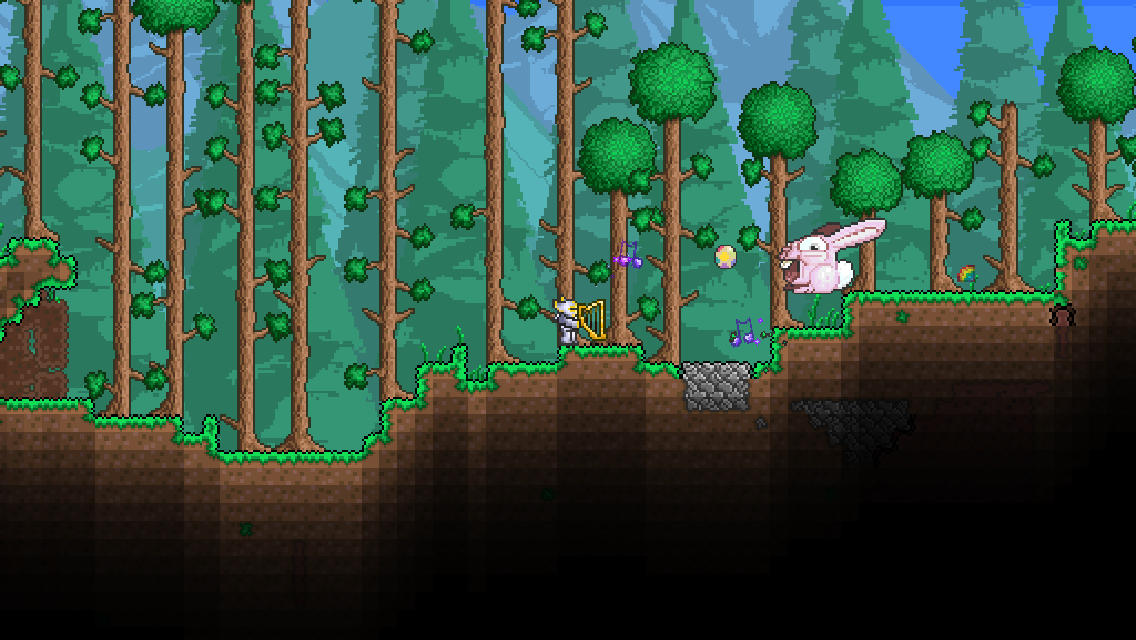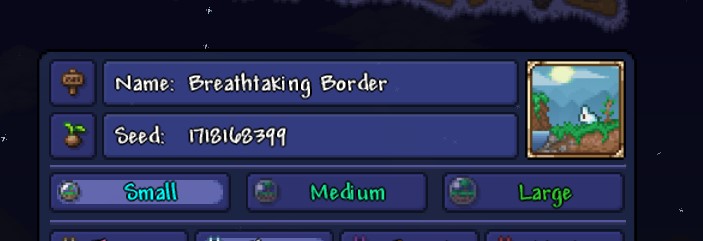

Some NPCs can be acquired by finding them throughout the world and will then reside in player-created houses after being rescued.

īy completing specific goals, such as defeating a boss or obtaining a certain item, players can attract NPCs to occupy structures or rooms they have built, such as a merchant, nurse, or wizard. Defeating a certain one advances the game into "hardmode", which adds many new enemies throughout the world, as well as new NPCs and items. The defeat of these bosses is directly tied to in-game progression, save for a few optional bosses. Bosses are summoned by using certain items or when certain criteria are met. The player may also battle bosses that utilize a number of different combat mechanics and can drop rare items. The player can fight against enemies with swords, flails, bows, guns, magic spells, whips, yoyos and summoned minions. The player can encounter many different types of enemies in Terraria, the occurrence of which depends on several factors including time, location, and random events. Several advanced items in Terraria require multiple crafting operations where the product of one recipe is used as an ingredient for another.

For example, tables or other items can be crafted at a workbench, bars can be smelted from ore at a furnace, and armor can be crafted at an anvil. The player uses resources to craft new items and equipment at an appropriate crafting station for that recipe. Some resources may only be found in certain areas of the map, stored in common and rare containers, or dropped by certain enemies. The player begins with low health and mana, which can be increased by finding certain items. Many resources, such as metal ores, can be found while exploring caves. The game's world is made up of several layers of tiles that the player can interact with and modify. The game starts in a procedurally generated world, with players starting out with a few basic tools and a non-player character (NPC) guide to get them started. The game is noted for its classic exploration-adventure style of gameplay, similar to games such as the Metroid series and Minecraft. The game has a 2D sprite tile-based graphical style reminiscent of the 16-bit sprites found on the Super NES. Terraria is a 2D sandbox game with gameplay that revolves around exploration, building, crafting, combat, survival, and mining, playable in both single-player and multiplayer modes. In-game screenshot showing the player at the starting area of a newly generated world


 0 kommentar(er)
0 kommentar(er)
